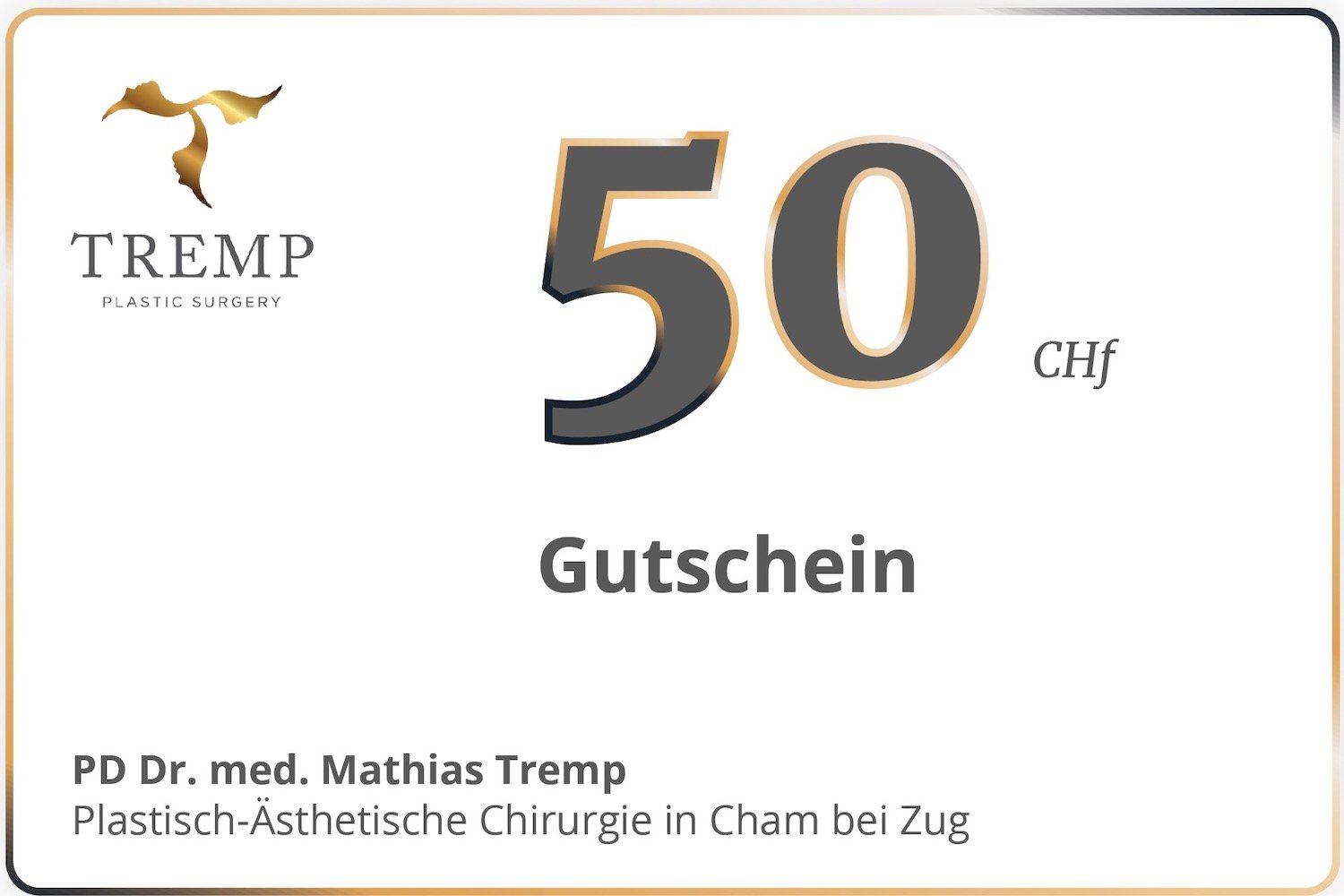- About
- Face & Skin
- Cellulite treatment
- Excessive sweating in women and men
- Facial and skin treatments
- Facial Surgery
- Hydrafacial treatment
- IV drips (vitamin infusions)
- Laser treatment
- Lip Lift
- Mesotherapy (skin structure )
- Special Offers by TREMP PLASTIC SURGERY
- Treatments with Skin Ceuticals
- Wrinkle and facial treatments with botulinum
- Wrinkle and facial treatments with filler
- Face
- Breast
- Body
- Offers
- Blog
- Contact
- EN
- DE

For beautiful, slender legs
With age, the thigh region increasingly becomes a problem zone. Despite a lot of exercise, sport, a healthy diet and dieting, fatty tissue, cellulite (orange peel skin) and excess skin can accumulate on the inner and outer thighs.
With increasing age or after significant weight loss, the skin loses elasticity, especially in the area of the inner thighs, and sags.
If the skin still has sufficient elasticity, liposuction can improve the appearance without removing excess skin. In patients with excess and inelastic skin, a surgical thigh lift with removal of the excess skin is necessary.
A thigh lift is a surgical procedure that can restore a youthful shape to the thighs by removing excess skin and fatty tissue in the thigh and buttock region.
Our comprehensive treatment concept combines innovative technologies with proven methods to effectively rejuvenate and care for your skin.
Make someone special happy and give them a gift certificate for a consultation with PD Dr. Tremp.
Do you have any questions?
Arrange a consultation with PD Dr. Mathias Tremp

PD Dr. med. Mathias Tremp in a consultation
Before any procedure, it is crucial that you as a patient are fully informed. PD Dr. Tremp is ready to answer your questions and inform you about the benefits and risks of the operation.
Find out whether your desired operation is possible. Arrange your personal consultation appointment now.
For beautiful, slender legs
With age, the thigh region increasingly becomes a problem zone. Despite a lot of exercise, sport, a healthy diet and dieting, fatty tissue, cellulite (orange peel skin) and excess skin can accumulate on the inner and outer thighs.
With increasing age or after significant weight loss, the skin loses elasticity, especially in the area of the inner thighs, and sags.
If the skin still has sufficient elasticity, liposuction can improve the appearance without removing excess skin. In patients with excess and inelastic skin, a surgical thigh lift with removal of the excess skin is necessary.
A thigh lift is a surgical procedure that can restore a youthful shape to the thighs by removing excess skin and fatty tissue in the thigh and buttock region.
Do you have any questions about thigh lift?
During a consultation you will be fully informed by PD. Dr. med. Mathias Tremp will fully inform you about the procedure, possible complications and feasibility of the desired body correction.
Liposuction on the thighs
Depending on the fat deposits, liposuction is now carried out using the vibration technique (Microaire®): this has the advantage that, compared to simply cutting out the fatty skin tissue, it is more gentle on the lymph vessels and therefore has improved lymph drainage after the operation and thus a reduced tendency to swelling.
Body lifting as a full body lift
The body lift is a combination of abdominoplasty, buttock lift and thigh lift. During the full body lift, the excess skin is removed. Occasionally the procedure is performed with liposuction.
A lower body lift is used for patients with excess skin on the abdomen, hips, buttocks and thighs.
For patients with excess skin on the upper arms, side chest and breasts, an upper body lift, better known as a "chest lift" is performed.
Costs
The costs include all measures such as preliminary discussion, operation, anaesthesia and follow-up checks, excluding overnight stay and compression garments.
In case of multiple procedures, there is a price reduction of 20% on the 2nd procedure.



